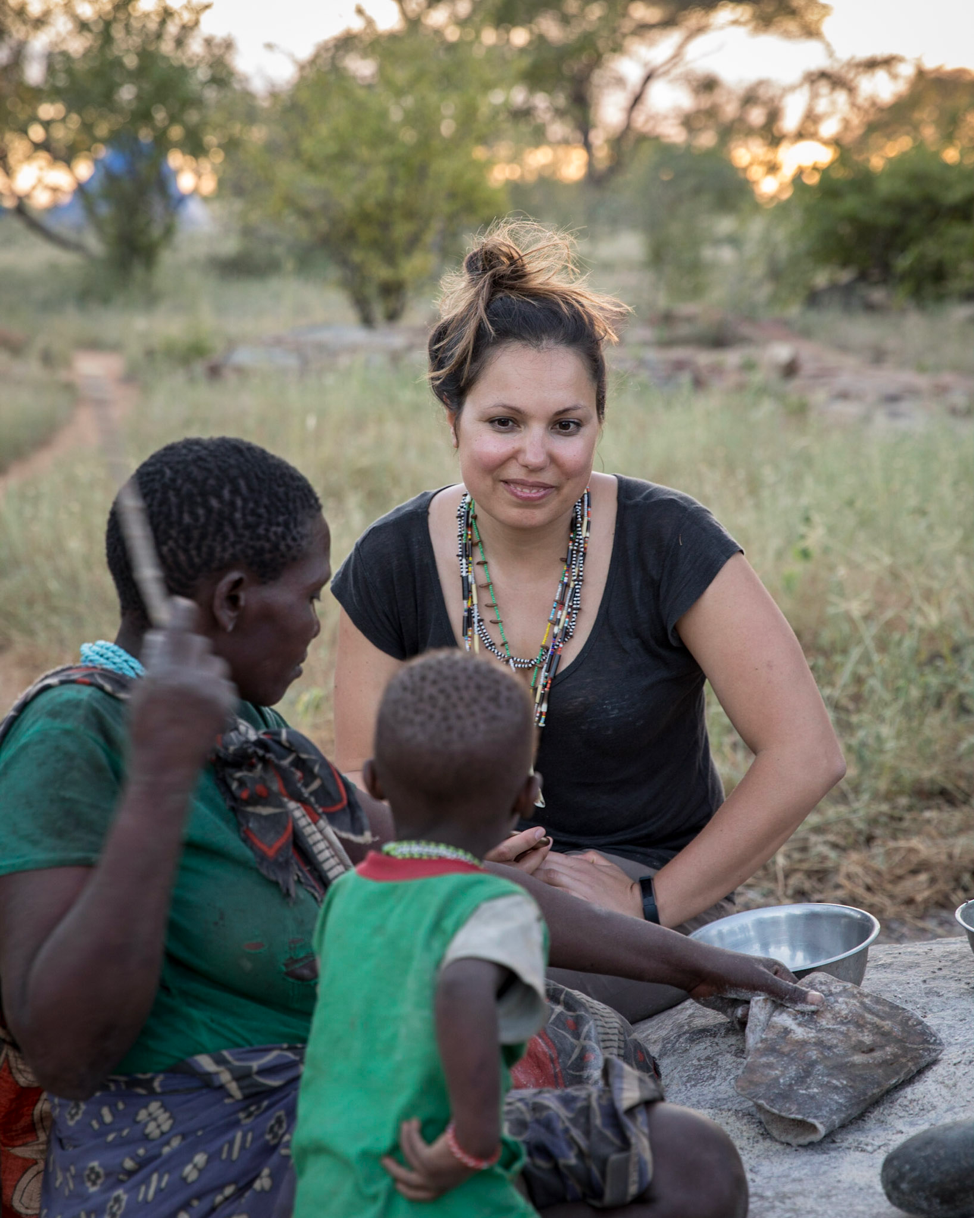Mind the Gut
Principal Investigator: Ainara Sistiaga
What is the role of our microbial partners in our evolution? Does the microbiome evolution reflect major events of human history? Despite increasing evidence that the gut microbiome plays an essential role in multiple core aspects of human biology, little is known about how the human-gut community co-evolved. The role of the microbiome in human evolution and speciation has been historically overlooked, in part due to the challenge of obtaining microbiome data from ancient material. However, understanding the co-evolution of the human-gut ecosystem requires a time-series approach associated with the major defining moments in human evolution such as migrations, admixture, domestication, industrialization and globalisation. Under favourable conditions some archaeological substrates such mummified tissues, coprolites and dental calculus have potential to shed some light on ancient microbiomes.
Ainara Sistiaga samples a mummy from Tenerife in fall 2018
To do so, Mind the Gut will develop new markers of specific bacterial action applying lipidomic and proteomic tools to explore the diagenesis of microbiome substrates. We intend to analyze the mummified microbiomes of the aboriginal Canary islanders. The Canary mummies represent a unique model system to study the impact of diet and lifestyle in populations that evolved isolated but shared their microbiome during the peopling of the islands. We will compare them with a group of naturally mummified bodies from Nubia that span a similar time period, and with modern microbiome samples from 3 African populations with different lifestyles. The results will provide a framework for future studies on fossil material and contribute to illuminate the role of the microbiome in overcoming the challenges of diet, environment and lifestyle changes that took place during human history and prehistory. Mind the Gut represents a stepping stone to the integration of the ancient microbiomes in the study of human evolution.
A young child mummy from El Museo Canario. Link to 3D visualization.
Objectives
The main goal of MtG is to bridge the gap between our actual knowledge of microbiome and human evolution using ancient biomolecules to study ancient microbiomes. To reach this goal, MtG will complete a program of specific objectives (SOs), following a step-by-step approach aimed at training, implementation and evaluation (chronogram in Section 3.2):
SO1) To unravel the correlation between gut proteomes, lipidomes and genomes of faecal bacteria from extant populations with different lifestyles.
SO2) To explore the diagenesis of fecal material and the role played by microbial community succession in the overprinting of the original gut profile.
SO3) To provide insights into the untold history of the Canary Islands through the characterization of the proteomes and lipidomes from dental calculus and gastrointestinal tract of mummified bodies.
Ainara Sistiaga shares food processing methods with a Hadza grandmother and her grandchild in Tanzania
Participants
- University of Copenhagen, Center of Paleoproteomics
- Professor Matthew Collins
- Professor Tom Gilbert
- Massachusetts Institute of Technology, Department of Earth, Atmospheric and Planetary Sciences
- Professor Roger Summons
- Professor Eric Alm
- Dr. Mathieu Groussin
- Dr. Mathilde Poyet
- British Museum
- Dr. Daniel Antoine
- Universidad de La Laguna
- Professor Mathilde Arnay
- Professor Rosa Fregel
- El Museo Canario
- Dr. Teresa Delgado
The project has received funding from the European Union’s Horizon 2020 research and innovation programme under the Marie Sklodowska-Curie grant agreement No. 750860.






